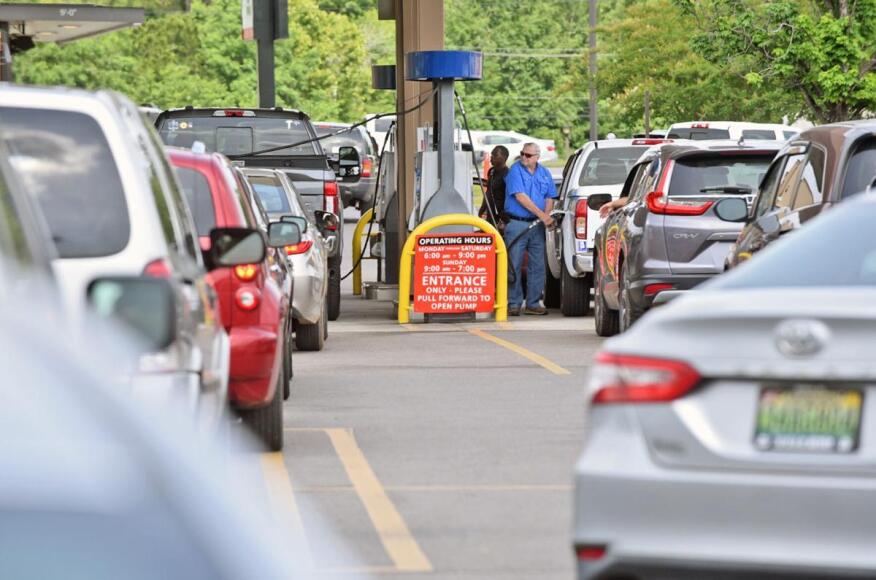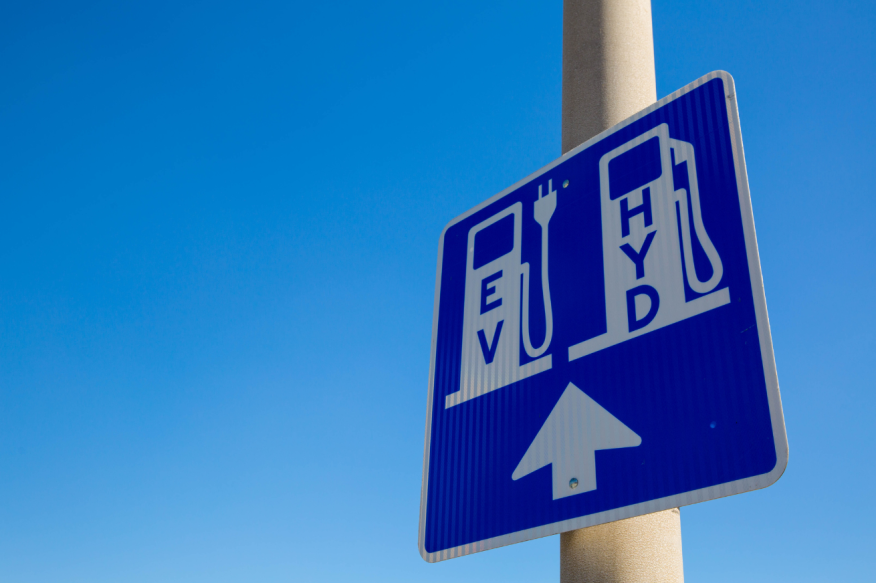
Disaster Management Manual
A manual for practitioners and decision makers!

Disaster Management Manual
A manual for practitioners and decision makers!
Fuel management is a crucial consideration that jurisdictions must address during the disaster evacuation planning process. Failure to ensure ample fuel supplies are available after an incident will lead to fuel shortages along with associated congestion (Figure 4.4.3.3.1) and impacts to traffic patterns which will negatively affect evacuation operations.

Supplies of fuel should be maintained to support response and evacuation operations prior to and during an incident, along with the recovery operations immediately following an incident. Partnering with bulk fuel vendors to prioritize deliveries at critical locations will help mitigate the risk of fuel shortages during the initial response.
When planning evacuation routes, consideration should be given to those which have ample businesses to provide fuel to evacuees. Station owners should be encouraged to install generators in the case of power loss, as fuel will be inaccessible without power. An effort should be made to ensure that secondary evacuation routes also have fuel resources available; this may require planning for a temporary respite/fueling site. Working with private sector partners to identify temporary fueling capabilities and supplies is critical in areas where private fueling stations are unavailable.
In areas with an increased number of alternative fuel vehicles, efforts should be made to identify and communicate the locations of alternative fuel sites along the selected evacuation routes (Figure 4.4.3.3.2).
